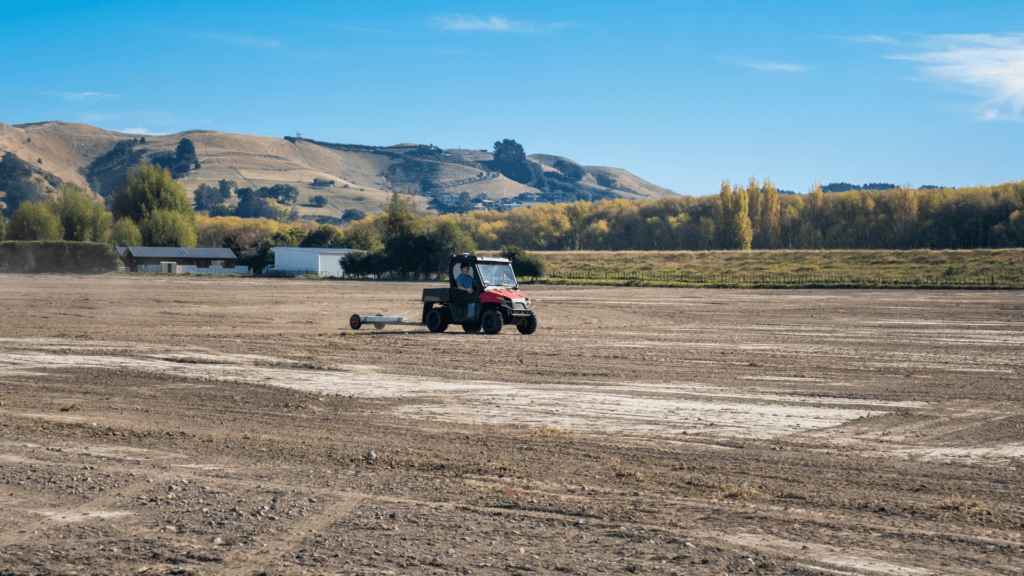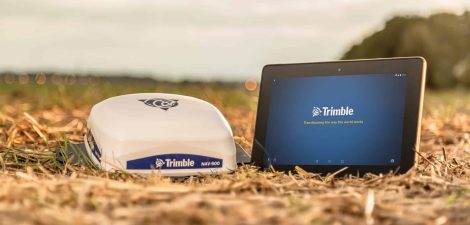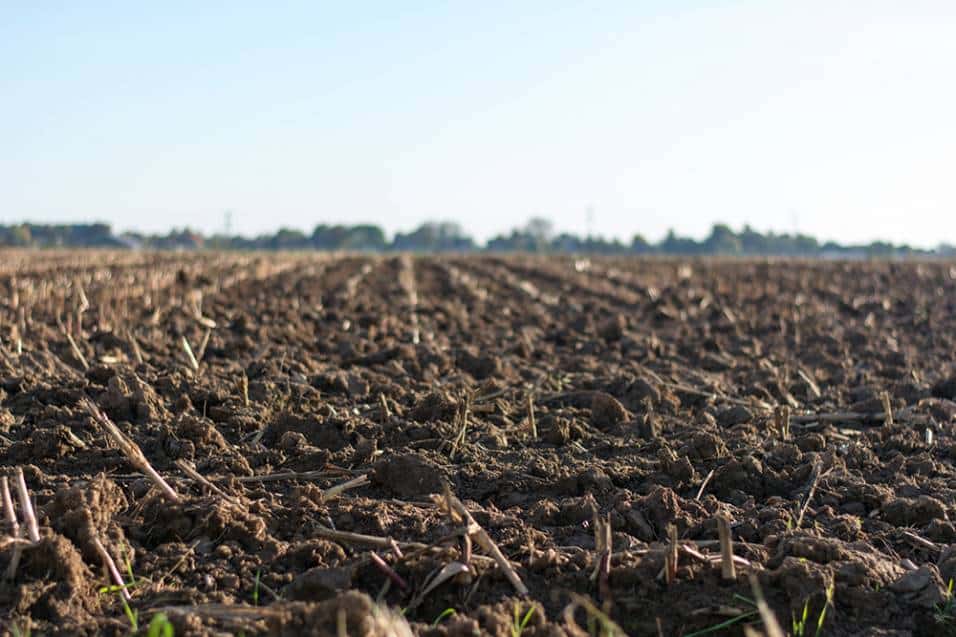Soil affects everything in agriculture – from seed to irrigation, fertiliser and herbicide use, to the ultimate goal of food and fibre growth. One thing we know about soil is that it’s variable – it changes from one point of your property to the next. That means knowing your soil’s unique properties across the farm is key to effectively managing your inputs, maximising profitability while meeting environmental regulations.
Some key things to know about your soil:
- Texture – the proportion of different sized particles such as silt, sand, and clay that make up your soil. This is related to your soil’s fertility, quality, and water-holding capacity (1).
- Salinity – the salt content in your soil. High salinity soil is a huge environmental issue that reduces crop, pasture, and tree growth by interfering with nitrogen uptake and affecting plant reproduction (2). High soil salinity is known to result in a loss of crop yield and growth as well as impacting the ecological balance of the area resulting in lower agricultural productivity, less economic return, and even soil erosion (3).
- Cation exchange capacity – this gets a little technical talking about the positive and negative charges of atoms, but essentially relates to your soil’s fertility and ability to retain certain nutrients. This is key to effectively managing your nutrient applications.
If you don’t know these qualities of your soil, you may be treating each piece of your paddock, and your property, in the same way. By knowing these soil qualities, you can match your nutrient applications to what the soil requires, reducing excess use of nutrients in any areas of the paddock. By applying the correct amount, costs are reduced as well as our environmental footprint.
Today’s farming is focused heavily on environmental regulation, while balancing your farm’s profitability. Increasing your knowledge of your farm’s soils will give you great insight into how you can achieve the best results while remaining as sustainable as possible.
Environmental regulation – what has soil got to do with it?
We need to carefully manage soil health and prevent issues such as excess nutrients, contamination and erosion, both to remain environmentally sound and ensure our agricultural industry continues in the long-term here in New Zealand (4).
Understanding your soil properties and variability across your farm gives you the power to optimise the placement of your inputs, such as water and fertiliser. For example, it allows you to manage the application of ameliorants (substances that aid plant growth by improving the condition of your soil) placing them only where they’re needed. This allows you to optimize your crop production while minimizing environmental impact and input costs.
It’s also a key part of farm planning as you can select the best areas to plant based on your soil texture, moisture, and CEC, to best utilise your land. Not only does this help you to be more sustainable, by reducing your water and nutrient footprint, it also helps you to improve your ROI.
The good news is that your soil texture and properties are unlikely to change at all over time, which means that a one-off measurement through an Electro-magnetic (EM) Soil Survey will keep providing planning tools and great returns over the years.
How can you get to know your soil?
Soil conductivity is one of the most reliable and frequently used measurements, as it’s easy to measure and offers reliable and accurate data (5). That makes EM Soil Surveying one of the best ways to gain key information about your soil texture, moisture, and CEC.
EM Surveying works by measuring your soil’s conductivity, giving you insight into the particle size (texture), moisture, salinity, and CEC across your farm. The survey is undertaken by towing an implement behind a vehicle, without the need for digging into the ground.

The EM machine emits an electro-magnetic field into the soil. The strength of the magnetic field and how far it can travel is determined by the textural composition of the soil. The magnetic field is strongest at about 30-40cm below the surface and can sense to a depth of about 1.5m when in vertical mode. It’s a fast, non-invasive way to map your paddocks and gives a comparison of different depths, providing information about your soil variability. Higher EM readings come from moisture, clay, or salts, meaning you’ll gain a good picture of the soil across your farm. Topography information is captured at the same time and can be used for watershed simulations and environmental management.
When you have an EM Survey done by Vantage NZ, you’ll receive 2 detailed maps of your soil variability (0-50cm & 0-125cm) as well as a digital elevation model, slope, aspect & landscape change among other topographic derivatives.
When should I do an EM Soil Survey?
The best time to perform an EM Survey is at the planning stage, particularly for areas being developed into permanent crops such as orchards and vineyards. Once these structures are erected, it’s significantly harder to perform an EM Survey due to the crop and structural interference. The planning stage is also best as, in many cases, a more detailed understanding changes your management of a block or paddock all the way from land-levelling, drainage, irrigation design and the type of crop planted in different soil types. We can use EM maps to help design irrigation or choose different cultivars – e.g., some grape species may better suit drier (or low EM) soil areas and some may better suit to where soil is a bit wetter (or high EM).
EM Surveys typically get conducted from Autumn through Spring, depending on the weather, when the soil conditions are at field capacity (maximum water-holding capacity). This ensures that true (not man-made) soil textural variation gets mapped. Soil variation is also more consistent at these times, where in Summer the sun may cause excess evaporation, changing your soil variation (and therefore your EM results) over the day. It’s best to make sure the soil is not oversaturated as saturated soil will drain away very quickly once it’s not raining, giving an inaccurate reading.
To learn more about how an EM Survey would set your farm/block up for success, get in touch with one of our Precision Ag specialists today.



